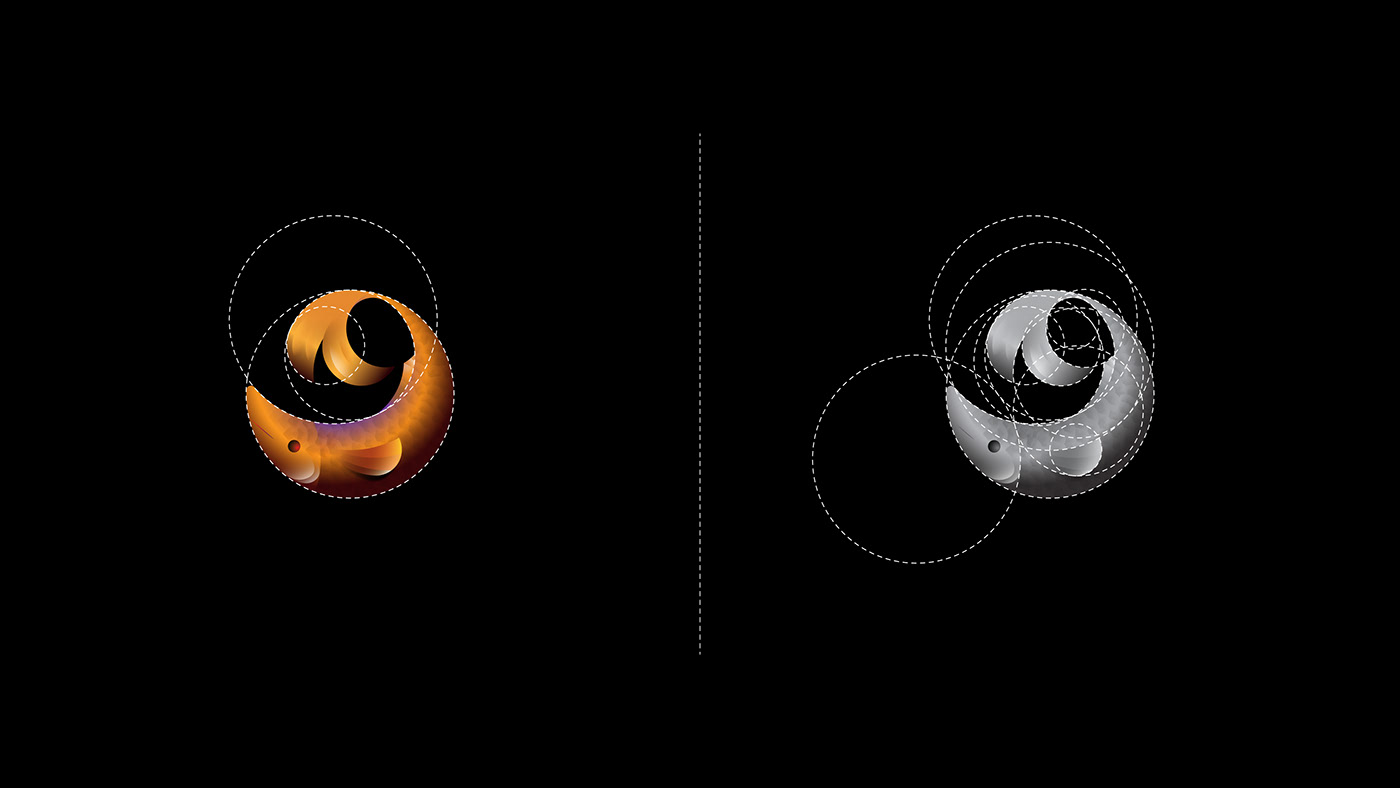

The Parthenon statues appear to show the golden ratio in their form, and some of Plato’s five solids (including the cube and the dodecahedron) are related to it, too. You can find examples of the golden ratio in human endeavors as far back as Ancient Greece. What is the appeal of this ratio? For centuries, it has been thought that art, architecture and nature are more appealing to the eye when the proportions of designs and structures are based on the golden ratio. With a history dating back almost to the time of Pi (another great mathematical formula, which is essential in understanding properties of circles), scholars, including Pythagoras and Euclid, have called it by many names, including the golden mean and the divine section. The golden ratio’s story is the stuff of legend. We will examine what this concept is and exactly how much it is a fundamental part of making designs pleasing to the user’s eye. Don’t worry we’re not going back into the classroom for long. It is not an exact guide to follow but can prove to help create a life filled with beauty, success, and rhythm.Now, we’re going to look at a subject that comes directly from mathematics and that we can also find all around us – the golden ratio. The golden ratio provides the structure needed to get there. It is made by seeing how the past was, what you want the future to be, and obsessing in the present. Success is not built by obsessing over the past nor the future. The future is a collection of where you once were and your current actions. Our minds become obsessed with the past or future, which takes us away from the present, creating stagnant movement. Too much focus on the past and future results in inactivity in the present. The golden ratio, when applied to the life events model, serves as a guide to help you direct your attention to the present rather than the past and future. Use your 38.2% wisely as too much time spent on the past takes away from your vision of the future while too much time spent on the future results in forgetfulness of the past and mimicking of the same mistakes. These two are combined into one, allowing you to fluctuate the amount of time spent on each as needed. 38.2% (.382) represents the amount of time that should be spent on the past and future. This means focusing on your present situation and actions. When applied to the life events model, 61.8% (.618) represents the amount of time that should be spent on the present. Going back to the Fibonacci numbers - the numbers that make up the golden ratio. Okay, but what does the golden ratio have to do with life? We can gain experience from the past, but we can’t relive it and we can hope for the future, but we don’t know if there is one.

Without these actions, there would be no future. In reality, all we have are our immediate actions. It is the only constant that we live in and produces the results of the future.

The present, however, is the most important of the two. The future guides us in our journey through life, serving as a roadmap for the present to turn our future endeavors into reality. The past allows us to learn so that we can direct ourselves appropriately in the present and keep from making the same mistakes. In essences, the present is a result of what has happened in the past, and the future is a result of what is currently happening in the present.Įach is important and serves a unique role in life. When it comes to life, there are three primary focuses: Focus on the past, the present, and the future. When applied to the life events model, structure is created. It all lies within what are called Fibonacci numbers. When applied to anything, the proportion sparks a sense of flow and ease, resulting in beauty and rhythm.īut, at a closer look, we can apply the golden ratio to life. The golden proportion is created when two quantities equal the ratio of their sum to the larger of the two amounts. What makes the golden ratio so unique is its golden proportion. It’s used in design, construction, mathematics, and more. Designers use the ratio to create aesthetically pleasing compositions. The golden ratio is a mathematical ratio that’s found most often in nature. The golden ratio, we see it everywhere from majestic landscapes like the Pyramids of Giza and Mona Lisa to modern day logos such as Twitter and Pepsi.


 0 kommentar(er)
0 kommentar(er)
